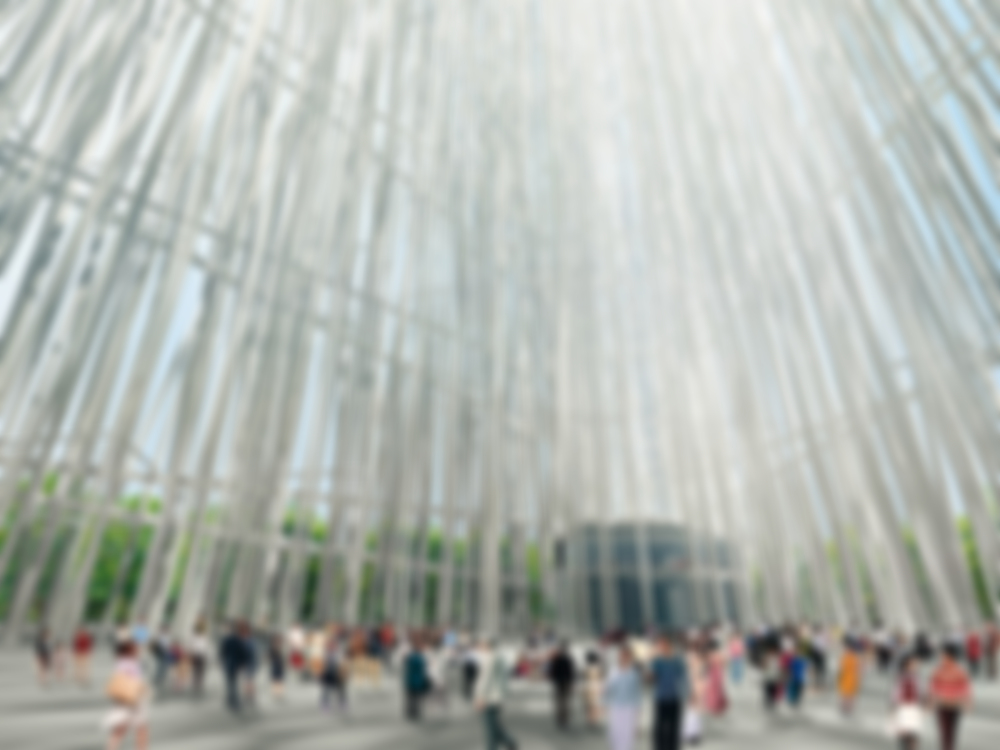Large, small; modest, refined; urban, suburban; fixed, flexible: so varied the places of assembly gathered in this magazine may be, beyond all their formal and functional differences and transcending all of the everyday acts that take place in them, they share a common desire to achieve a singular, more profound civic act: to mark a place in celebration of community.
Discussion: Imagining an Architecture of Assembly
Issue
09/2014 Assembly Spaces
Source
DETAIL

© Sou Fujimoto Architects

© Sou Fujimoto Architects